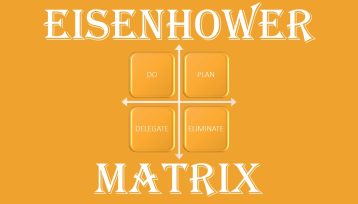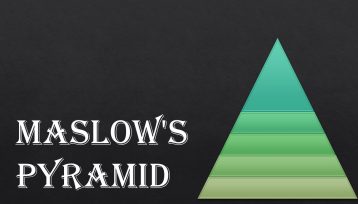Value Proposition Canvas (VPC) was developed by a Swiss business theorist and entrepreneur Alexander Osterwalder and provides a detailed understanding of customer needs and how to meet them through the value that your company or product creates. VPC is used both to update existing value propositions and to create new ones.
VPC can be considered as a separate strategic tool, as well as an addition to the Business model Canvas, which also belongs to A. Osterwalder. Business Model Canvas shows a general view of your business and consists of 9 blocks, and Value Proposition Canvas details two blocks from this model:
– Customer Segments
– Value Propositions
According to these blocks, the VPC is divided into two parts
– Customer profile
– Value map
First, you need to fill in the customer profile to clarify your understanding of the consumer. The following components are highlighted in the consumer profile: customer jobs, pains, and gains.
Customer jobs
Customer jobs are the tasks that they want to solve in their professional and personal lives. When defining the tasks of consumers, you need to put yourself in their place, and not solve for them, because what is important and interesting for you is not always also important and interesting for your consumer.
There are three main types of customer jobs
– functional jobs – when there is a specific problem that the customer needs to solve
– social jobs – these tasks are related to the social status of the consumer, their desire to achieve a certain influence in society
– emotional jobs – these tasks affect the consumer’s emotional background and expectations.
According to the importance you can divide the jobs into important and insignificant.
Pains
Pains are the difficulties and problems that the customer has in the process of solving their job. Refer to pains and risks. Pains can be extreme or moderate.
Gains
Gains are the benefits and convenience that the customer would like to receive in the process of solving their problem. They can be essential or nice to have for the customer.

After that, we proceed to create a value map that shows how you are going to create value for this consumer. The value map breaks down the value proposition into products and services, pain relievers, and gain creators.
Products and services
Products and services are a list of what you offer, and it is based on them that the value proposition is built. However, it should be remembered that products and services do not create value in general, but only in relation to a specific segment of consumers and their jobs, pains, and gains.
Pain relievers
Pain relievers are the ways in which a value proposition helps a customer deal with problems when solving their task. The right value proposition in the first place is focused on solving the serious problems of the consumer.
Gain creators
Gain creators are the ways in which a value proposition increases value for the customer by giving them advantages and convenience in solving their problem. As with pain relievers, gain creators should focus on the significant benefits of your product or service to the consumer.
After filling in the model, it is checked for logic and compliance. it is necessary to check whether the value proposition is suitable for this customer and brings them benefits, or whether something needs to be changed. Achieving compliance is the essence of developing a value proposition.
Find more analytical and strategic marketing information in the corresponding sections of the website.




